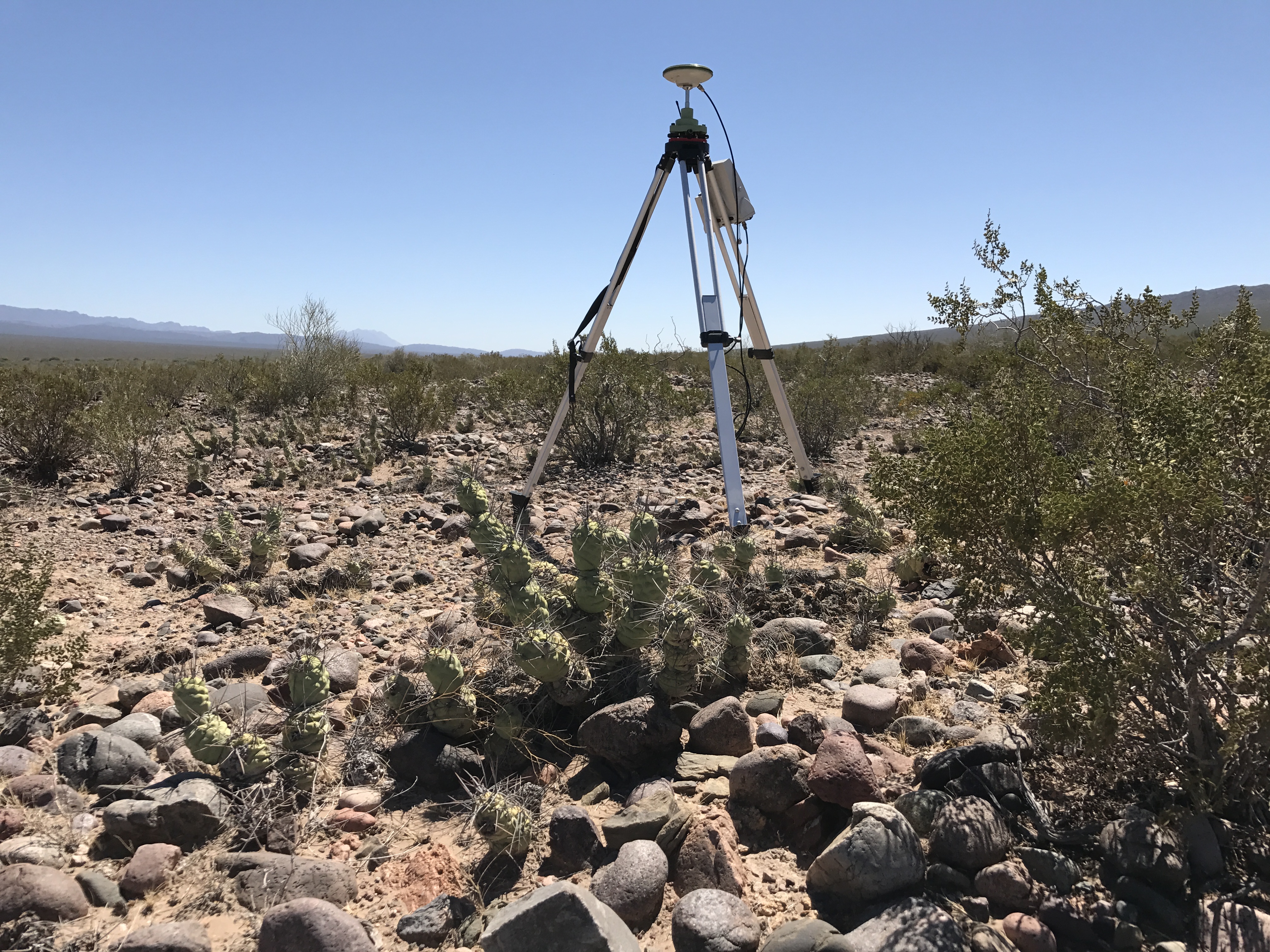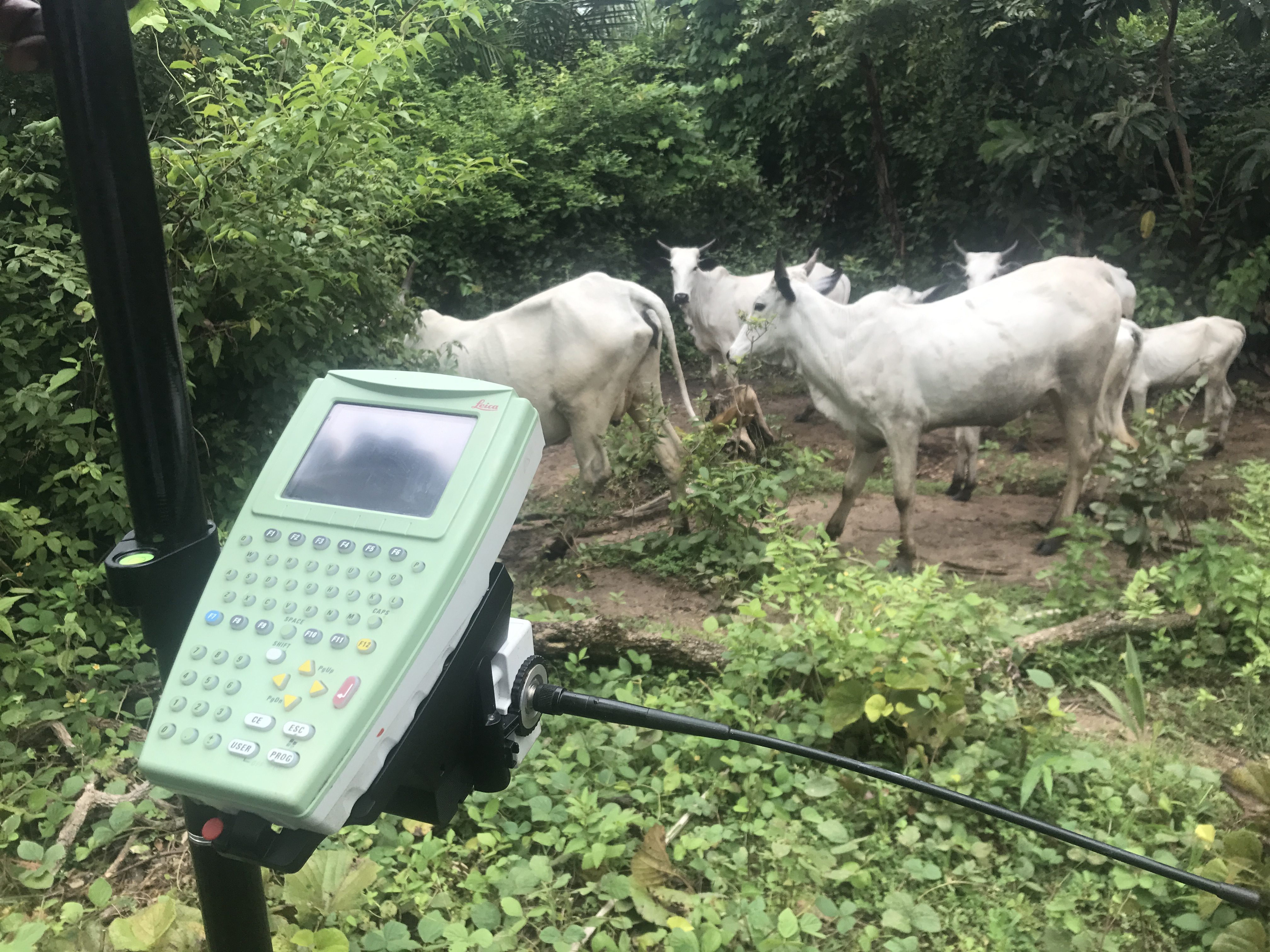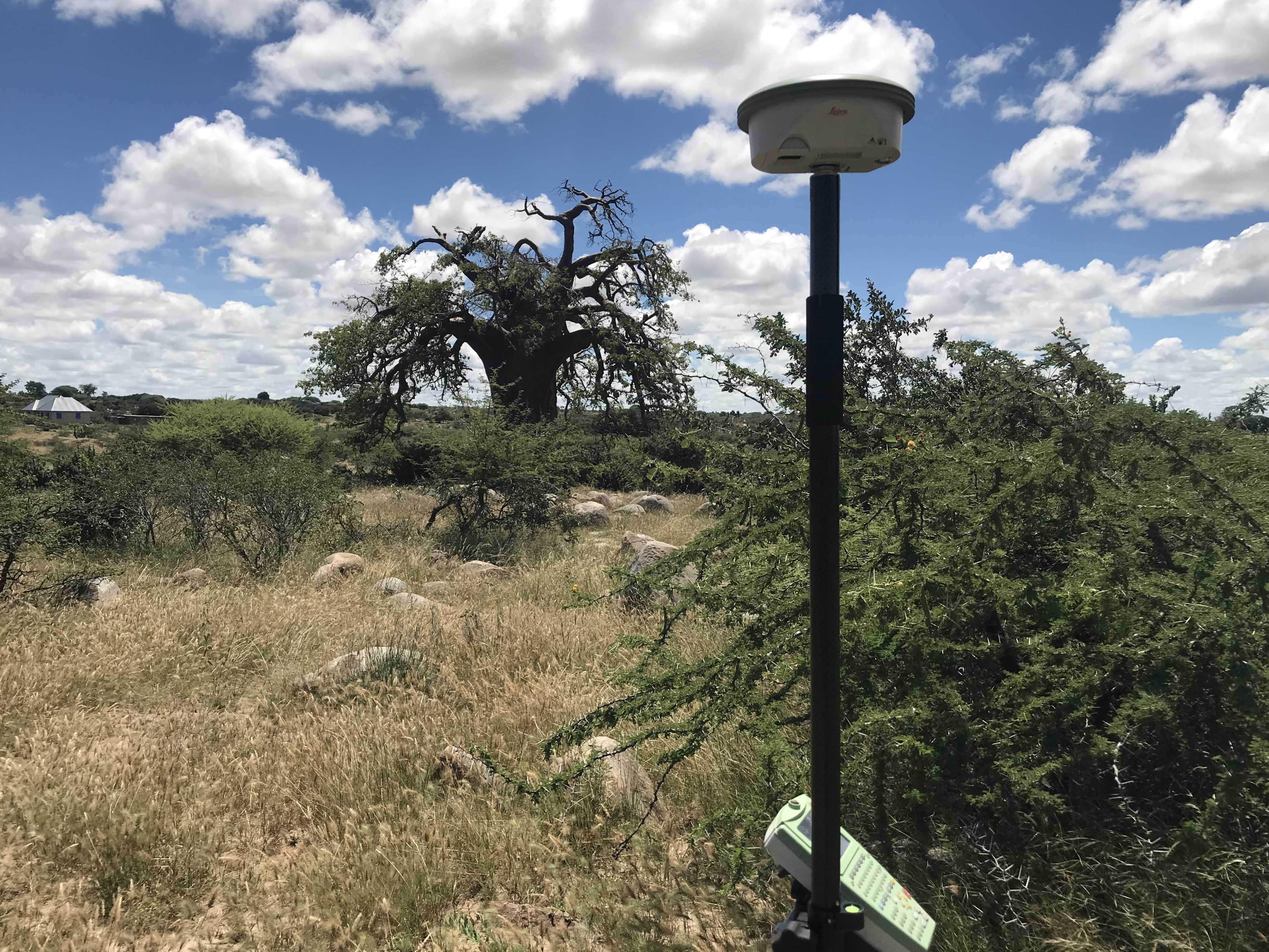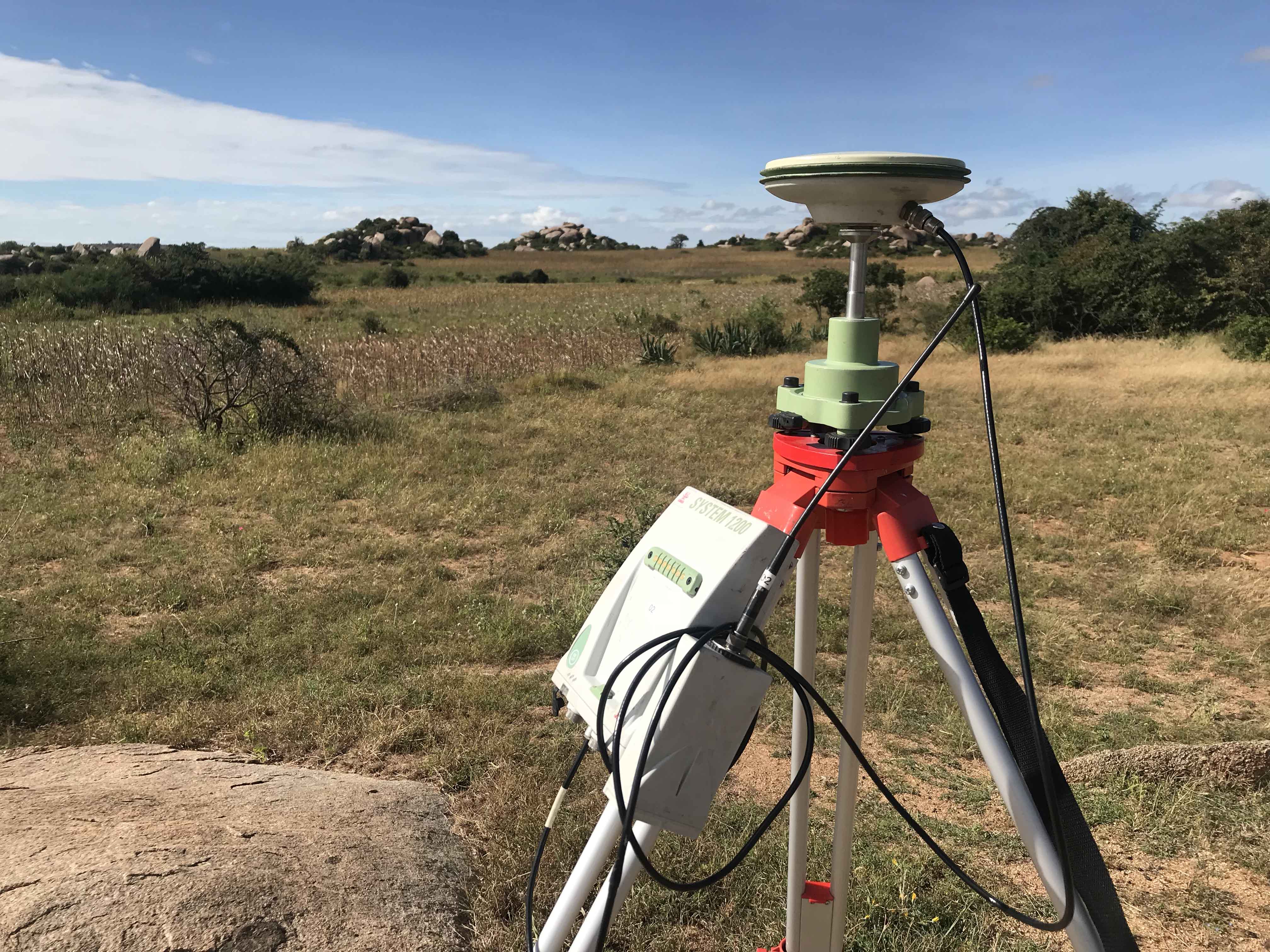The topographic studies determine the conditions of the soil relief when planning the construction of a solar photovoltaic project.

Realization of topographical studies in Egypt.
Within the range of services that Geointec offers in the renewable energy market and in particular in the photovoltaic solar sector, there are the Geotechnical, Hydrological, Pull Out Test, and also, the Topographic Studies, which have acquired a relevant status in the characterization of the soil.
The topography studies purpose is to determine the characteristics of the surface of a land. In the case of a renewable energy project, they allow to verify if the implantation of all the elements and facilities are viable, obtaining both the altimetry and the planimetry of the area under study. . In addition, they are used as a basis for the development of detailed engineering design in the civil, mechanical and electrical areas, helping to obtain a digital terrain model in 2D and 3D.
Therefore, when Geointec starts a topographic project, the technical specifications of the Client, the characteristics of the site, the technology and methods for obtaining topography with GPS or drones, as well as delivery times are reviewed and studied.
Topography: Technology and methods
To carry out the topographical studies in Geointec we use several work methods, although the most common are those based on GPS / GNSS and DRON.
The topography with GPS requires taking points of support in the field by GPS Station of double frequency (1-2Hz), linking the topography to the local permanent geodesic vertices and the reference system. To do this, a network of minimum stakeout (PGM) bases covering the entire work area is established in order to provide the Client with a list of PGM and observation points, with a certain tolerance and precision.
On the other hand DRON surveying requires photogrammetric flight, usually drone with RTK technology, as well as marking and measuring verification points with topographic GPS and connection to the local network or GNSS network.
In Geointec we also verified the areas to be studied beyond the solar plant, such as the substation and the transmission lines of the PV plants, and especially, the flood risk zones with the aim of generating detailed information for the Hydrological Studies that we make in these solar plants.
The versatility in the use of these technologies and methods allows us to work for developers, constructors (EPC) or integrators (IPP) in projects located in countries such as Japan, Mexico, Brazil, Chile, Argentina, Tanzania, Nigeria, Egypt, Italy and Spain, in which Geointec contributes to the success of all of them.








